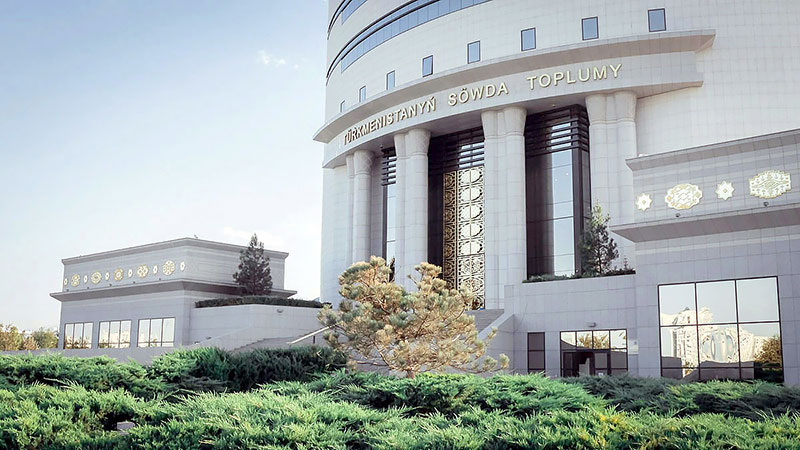- According to the scientists, the part of red sediments, inter-structural lowlands and reddish Miocene sediments at existing fields of the coastal zone are the subjects of detailed studies. I had a conversation about perspectives of new researches with the leading specialists of profile institute Tagankuli Ylamanov.
- First of all, I would like to know what you mean saying ‘inter-structural lowlands’?
- Scientists regard oil bearing parts located between two structures (deposits), which have not only similar geological construction but also a similar character of tectonics, depth of productive horizons and oil and gas saturation to such perspective areas. Study of these zones located between existing deposits presents big scientific and practical interest and supports to determining of single contour of oil and gas bearing area. The fact that until today small amount of productive parts have been discovered is provided not by absence of perspective deposits but insufficient volume of research data. Targeted survey and exploration works for oil and gas in this direction will allow increasing reserves of hydrocarbons in the future.
- How many perspective but little known oil and gas bearing structures are in the coastal zone?
- Rock formations saturated with hydrocarbons in Southwestern Turkmenistan were discovered in three inter-structural lowlands. For the first time, such objects has been discovered in Balkan region between two famous fields of Barsagelmez and Nebitdag. This is Burun field. As a matter of fact, this is an inter-structural crosspiece located in the zone of tectonic segmentation where the rocks of Apcheron layer and red layer are filled with oil and gas, the same line in Barsagelmez and Nebitdag fields.
- The second perspective deposit has been discovered in Gorendag – Ekerem regions, between Shatut and Northern Ekerem structures. Seismic survey studies have been carried out in this place by 3D common depth point method (CDPM). According to scientists’ recommendations, well no. 15 has been drilled until 3,883 m (Miocene sediments). 50,000 cubic meters of industrial flow of gas and 48 cubic meters of condensate per day have been received during well test of at the depth of 3,559 – 3,563 meters (lower red sidements).
- The third similar area, where oil deposits has been discovered, is located between Keymir and Akpatlavuk fields. Well no. 30 has been drilled in this local zone. 4.5 – 20 cubic meters of oil per day has been received at various depths ranging from 3,041 50 3,229 meters.
- How did you understand the potential of the place between Keymir and Akpatlavuk fields?
- Structural maps have bene made based on detailed interpretation of results of 3D seismic survey and it was proven that well no. 30 is located in independent tectonically screened section. Using modern software, the scientists made detailed interpretation of results of geophysical studies of this well. In the result, 9 oil saturated collectors have been discovered in the layers.
- We have recommended to drill another exploration well no. 2 half kilometre southwest from well no. 30 at the intersection of seismic profiles. This well will be drilled to 4,100 meters. It will open red sediments and Sarmat layer Miocene and will allow assessing its oil content.
- Another oil and gas promising object is located between Nebitlije and Gunorta Gamyshlyja fields, which located close to each other. Spreading zones of productive horizons in red sediment layers of these two fields are very close to each other, detailed interpretation of seismic results of 2D and 3D CDPM in productive horizons of wells at these fields and quantitative interpretation of geophysical surveys (GIS) have been carried out to allocate objects having oil and gas.
- What did this studies show?
- It is seen on structural maps made based on seismic survey data that distance between the wells on the limits of inter-structural depth is close (up to 1,500 meters), therefore, there is big probability that the wells are located in a zone of the same oil and gas deposit. Comprehensive analysis of existing data has been made in order to assess the volume of hydrocarbon reserves. It has shown that dozens oil saturated collectors are available in cross sections of existing wells. However, they have not been studied yet. We have recommended to drill three exploration wells at inter-structural depth of Nebitlije and Gunorta Gamyshlaja fields with the provision that all productive collectors, which will be allocated based on integrated interpretation of GIS data, would be tested. Such approach will allow increasing well productivity, which are recommended to be drilled, significantly.






